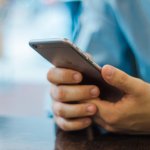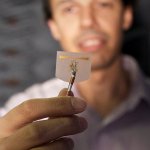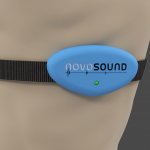
News • Osteoporosis
An ultra-thin 'computer on the bone'
Researchers have developed an ultra-thin wireless device, called osseosurface electronic, that grows to the surface of bone and could someday help physicians monitor bone health and healing over long periods.


























